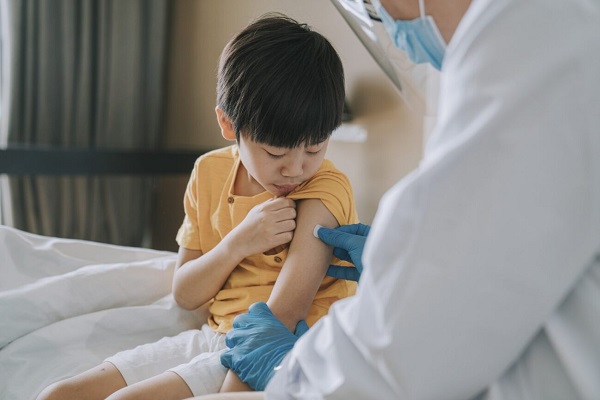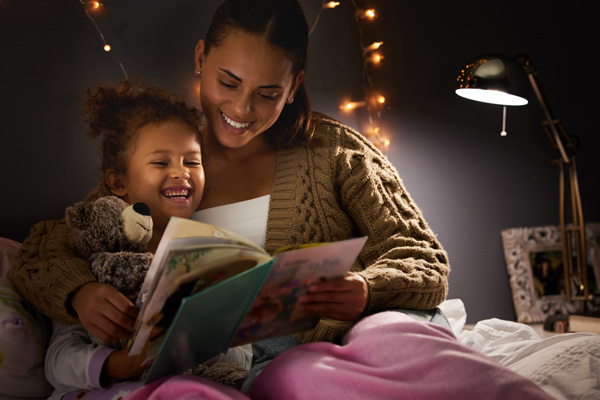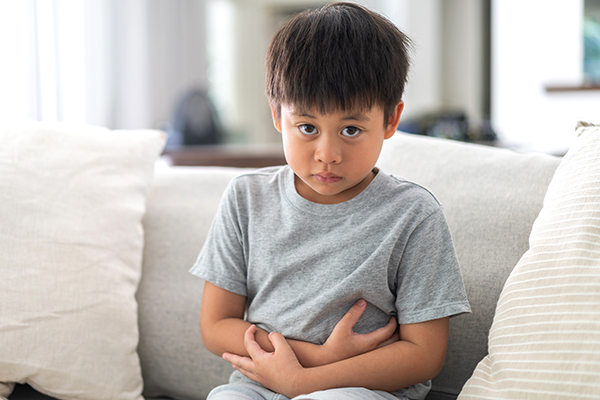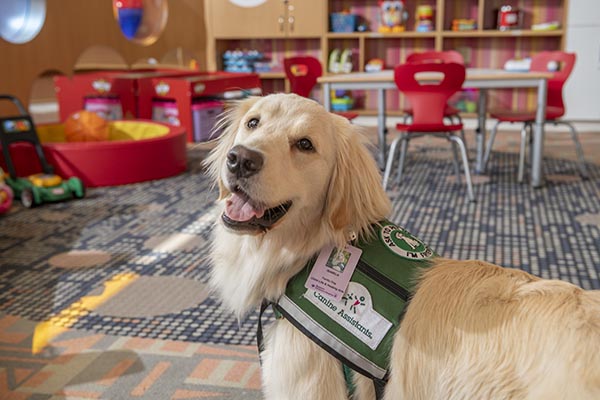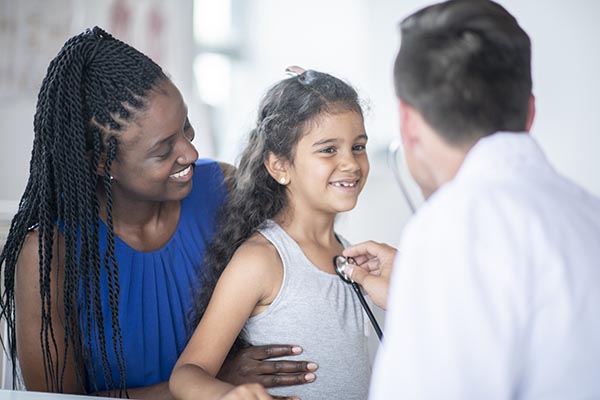Take the Right Steps to Prevent Falls
April 06, 2021
This article was reviewed by our Baystate Health team to ensure medical accuracy.
 Maura J. Brennan, MD
View Profile
Maura J. Brennan, MD
View Profile

Health & Wellness Tips
Related Articles
-
Wellness & Prevention
![When to Get a Flu Shot]()
When to Get a Flu Shot This Year: What Experts Recommend
-
Kids & Teens
![Woman caregiver reading book to smiling young girl.]()
How to Win the Bedtime Battle: How-To Guide for Caregivers
-
Kids & Teens
![a small child holding their belly with IBS pain]()
Is It IBS? Identifying Irritable Bowel Syndrome in Kids
-
Wellness & Prevention
![feet in socks by a winter fire]()
Health Tips for the Holidays: Strategies to Stay Fit and Jolly
-
Wellness & Prevention
![a child and her mother at the pediatrician getting a check-up]()
Childhood Cancer Signs and Symptoms Explained by a Pediatrician
-
Wellness & Prevention
![Children's Hospital facility dog Isabela posing with her green vest on]()
How Isabela the Facility Dog Supports Patient Care
-
Kids & Teens
![childhood cancer symptoms]()
What is Childhood Cancer? Learn About Common Types and Treatments
-
Wellness & Prevention
![What is the Tripledemic_ Learn How to Keep Your Family Safe]()
What is a Tripledemic? Learn How to Keep Your Family Safe
-
Wellness & Prevention
![RSV is a highly contagious disease]()
What is RSV? Protect Your Family from the Contagious Disease
-
Wellness & Prevention
![where should medicines be kept, pill bottle]()
Medication Storage Temperature Guidelines - What is Safe?
Back to Top



